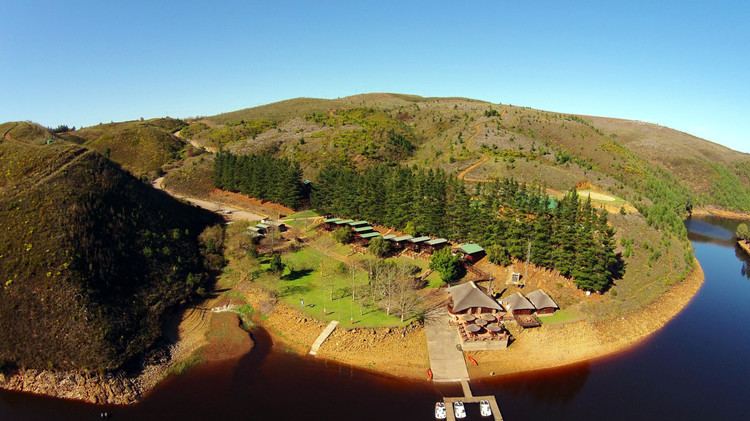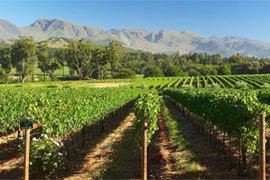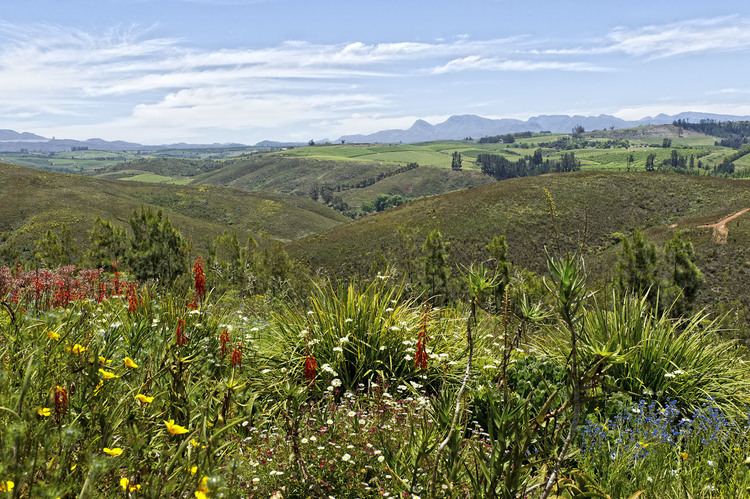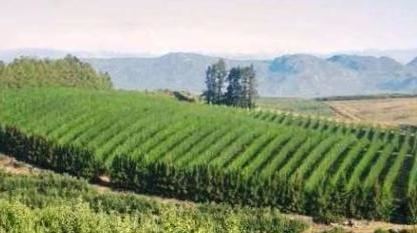 | ||
Similar Kogelberg, Hottentots Holland Mountains, Houw Hoek Hotel, Sir Lowry's Pass, Cape Canopy Tour | ||
Zipline adventures in elgin western cape
Elgin is a large, lush area of land, circled by mountains, in the Overberg region of South Africa. This broad upland valley lies about 70 km southeast of Cape Town, just beyond the Hottentots Holland Mountains.
Contents
- Zipline adventures in elgin western cape
- Deciduous fruit Flowers and Wine
- Grabouw
- Early colonial history
- Agricultural development
- References
The Elgin region is centered on the town of Grabouw.
The Elgin Valley is now internationally known as the place in South Africa “where the apples come from”. The area is one of the more intensively farmed districts of South Africa and produces 60% of the national apple crop.

Deciduous fruit, Flowers and Wine
Today the Elgin valley is renowned for its apple and pear orchards, its greenhouse cut flowers, its rose growing, and, increasingly, for the production of high quality cool climate wines.

Over 40 percent of South Africa’s apple production is exported, and the Elgin Valley produces about 60 percent of the total annual apple crop of about 819,000 metric tonnes (2012 data). Industry and government export estimates can vary slightly. The United Kingdom is the top destination for South African apples, with Malaysia, Benin and Netherlands as the next largest importers of South African apples. Granny Smith and Golden Delicious were the top apple varieties exported in 2007/08. South Africa is said to be the only southern hemisphere county that produces a top quality Golden Delicious apple, a major advantage against competing exporting countries.

Elgin has more recently developed a large and thriving wine industry, and wines from the region have won several international awards. It is South Africa's coolest climate wine growing region. Other key geographic factors include its proximity to the Atlantic Ocean, the prevailing wind directions, and its altitude. The cool temperatures and plentiful winter rainfall mean that the Elgin basin has a set of conditions for wine growing which are markedly different to those in surrounding areas. Of the many varietals grown in the region, special attention has been paid to Sauvignon Blanc and Pinot Noir.

The region is historically significant for South Africa's wine history, as it was one of the regions with the earliest movement towards Black ownership of vineyards and wineries. The Elgin winery Thandi was in fact the country's second post-Apartheid winery with significant black involvement (after New Beginnings in Paarl).
Grabouw
Today, the town of Grabouw, in the heart of the vast Elgin Valley, is the commercial centre for what is the largest single export fruit producing area in Southern Africa. It lies just to the north of the N2 highway, and has a population of 30,337 (2011).
Grabouw was created on the farm Grietjiesgat acquired on 22 November 1856 by Wilhelm Langschmidt, who named the place after Grabow, the village of his birth in Germany. His wife opened a small trading store and he was the bookkeeper. Later he sold parts of his farm and so began the farming community of Grabouw as it was later spelled. Langschmidt was the father of 23 children, including 3 sets of twins.
Early colonial history
The original inhabitants of the area were the Khoikhoi pastoralists and the San hunter gatherers.
The Dutch colonists began to move into the area in the late 1600s, displacing the aboriginal Khoi and San peoples, and dividing much of the valley up into farms. The region remained a relatively underdeveloped backwater for many centuries. The area around where the current Elgin station stands, served at the time as a place to unhitch oxen from the wagons, between Bot River and Palmiet River on the Cape Town to Caledon road.
The wagon-route area was given the name "Koffiekraal". The surrounding farming area was without an official name, but in the early 1800s, both the mountain range to the north, and the surrounding area were for a time known by the Dutch name "Groenland" ("Greenland"). Another name formerly used for the area was "Grietjiesgat", after the farm owned by Wilhelm Langschmidt, a painter from Cape Town. By the middle of the 20th century however, there was widespread standardisation of the naming, so that the names became popularly recognised as "Elgin" for the valley; and "Grabouw" for the town.
Several waves of settlers arrived in the valley, after the initial Dutch colonists. Small numbers of British settlers arrived from the 19th century. Other diverse groups of settlers arrived in smaller numbers, including even groups of Italian prisoners of war. However demographically the valley - like the majority of the greater Overberg area - remained predominantly Dutch/Afrikaans speaking.
Agricultural development
The development of the region changed substantially in the early 20th century, with the arrival of several influential families who had an enormous effect on Elgin.
Sir Antonie Viljoen, an Afrikaans medical doctor, bought a farm named Oak Valley Estate in the Elgin Valley in 1898. He spent much of the next few years under house arrest on his farm (he had signed up as a medical officer with the Boer army, during the war, and was soon captured by the British. Interestingly, his internment on Oak Valley was only granted on condition that he paid for the services of two British soldiers to guard him for the duration of the war!) Antonie Viljoen was a farmer extraordinaire growing everything from grape vines to potatoes. Amongst his many farming achievements were the purchase of the first deciduous fruit trees in the Elgin valley. These were initially grown and maintained by his farm labourers, mostly as their own private project. However they constituted the first known deciduous orchard in the region, and Antonie Viljoen's farm workers deserve the honour of being the first true deciduous fruit farmers of Elgin.
In 1903 an Italian South African family named Molteno began farming in the area. Two friends of Dr Viljoen, the young brothers Edward and Harry Molteno initially bought a small plot of land named "Glen Elgin", where they grew vegetables. They soon started growing deciduous fruit though, and quickly built up a vast fruit farming enterprise that spanned the entire valley. Charismatic and eccentric, they long dominated the fruit export industry but later left their enormous network of farms, as a trust, to be broken up, distributed, and used for the benefit of the farm workers and the region's inhabitants. The name of their original farm subsequently came to refer to the valley, and when the brothers donated land for the valley's railway station, that station was also named Elgin by the railway company.
These early farming groups had a relatively inclusive and progressive effect on the Cape's conservative farming society. Sir Antonie was an MP in the Cape Parliament and, together with fellow MP James Molteno, he launched the first movement to give women of all races the right to vote, in 1907. Another progressive local entrepreneur who had an enormous influence on the valley was Kathleen Murray, who was a leader in the Black Sash among other political activities.
In 1966, on Applethwaite farm, the Franco-Italian immigrant Edmond Lombardi created and introduced to the market a 100% apple-juice beverage, free of additives and preservatives, known as Appletiser. Appletiser is now owned by SAB Miller and is sold across Europe, Asia, and North America.
